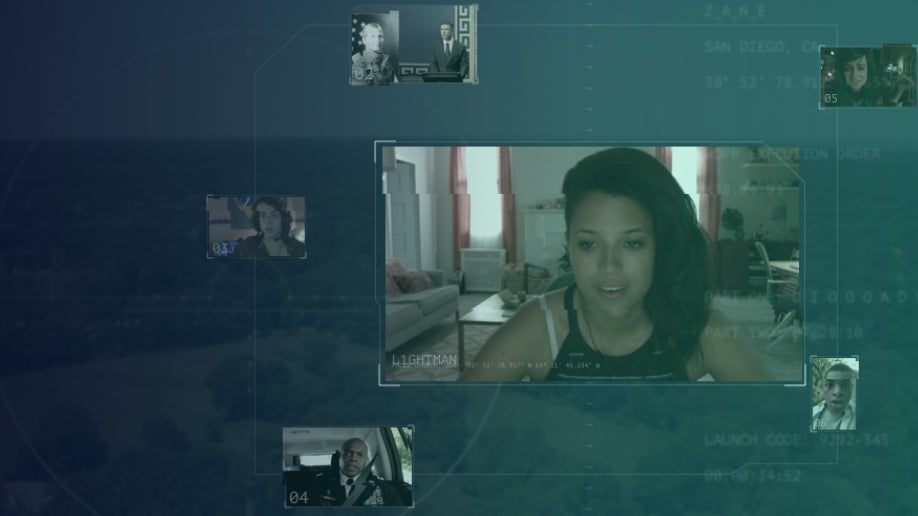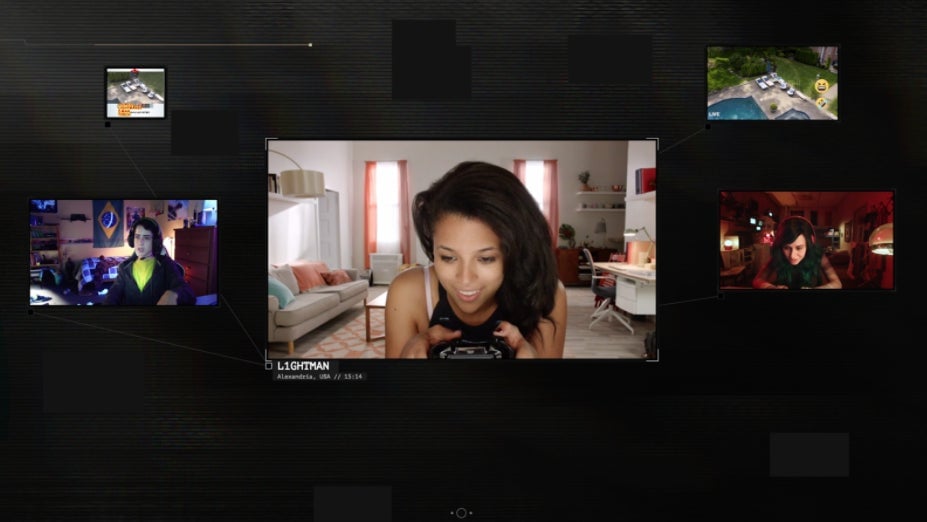In TV’s latest experiment, you determine the story just by watching
Recently, I stopped watching an episode of the Netflix family dramedy Atypical halfway through. While I enjoyed the series’ teenage characters, I was palpably bored by the adults. As I shut my computer, condemning the show to my “Continue Watching” void, I pined for a version focused on the kids.


Recently, I stopped watching an episode of the Netflix family dramedy Atypical halfway through. While I enjoyed the series’ teenage characters, I was palpably bored by the adults. As I shut my computer, condemning the show to my “Continue Watching” void, I pined for a version focused on the kids.
A future in which that might have been possible is not far off. To combat fidgety viewing behavior, the television industry is increasingly experimenting with ways to let users shape the shows they’re watching.
From Spotify to YouTube, many users are familiar (and often thrilled) with having content served up based on what they’ve engaged with in the past. At the same time, major players like HBO and Netflix are entering the interactive television landscape, experimenting with shows that offer simple storybook-esque branching choices to integrated, multi-platform projects.
Interactive television startup Eko is hoping to take these experiments one step further with their series #WarGames, which launches March 14. The show will unfold across multiple windows on a single mobile or computer screen. At any point, the viewer can focus in on a window, enlarging it to take up a greater portion of the screen relative to other windows. #WarGames will then aggregate information on which windows the viewer focuses on to drive how the plot evolves. This builds on a common approach used in video game storytelling, which alters and branches narratives based on user choices. With #WarGames, Eko hopes to make this a subtler interaction.
This approach represents something truly unique in a television landscape dominated by recycled ideas. The test will be in whether letting viewers determine the story, even unconsciously, will keep them engaged, and if major studios will see value in shows with this kind of adaptability.
A new twist on an old classic
#WarGames is a six-episode, live-action television adaptation of a 1983 cold-war thriller film by the same name. Helmed by video game auteur Sam Barlow, the series stars Kelly (played by Jess Nurse), a young hacktivist and ex-military brat investigating her mother’s death.
Over email, Barlow laid out a typical scene from the show as including feeds of “a remote hacker on their webcam, three hotel CCTV cameras, and two people on the ground in the hotel joining from their webcam and phone cameras.” Viewers can highlight windows, bringing them to the fore or keeping them in the background, as if they are watching multiple feeds on their own computer.
What makes #WarGames special isn’t simply the way in which the user can zoom in and out on certain windows. It’s that the user unwittingly alters the personality of Kelly in the process, making her either more or less serious, for example, based on cues from their viewing choices. As Barlow put it, “we see what aspects of her struggle, which of her friends, resonate [with viewers] and we tweak Kelly accordingly.” Everything from the show’s pacing to story beats can be altered in this fashion.
Up until this point, Eko’s major works have signposted to users when and how the story can be altered. Their 2017 live-action comedy series That Moment When, for instance, relied heavily on interactive quizzes and choose-your-own-adventure style choices to determine interactions with other characters and the narrative arc of each episode. But #WarGames is different. Instead, it gathers information on users’ viewing habits in order to change how the narrative progresses. Viewers don’t even need to know they are shaping the story to do it—although the show’s tagline, “the series that watches you,” serves as a hint.
Eko was co-founded in 2010 by Yoni Bloch and Tal Zubalsky. Bloch, a former Israeli musician, was inspired to start the company after working with his bandmates on an interactive music video. In this short video set at a house party, users make minor choices that alter everything from who the video focuses on to whether the music within it is acoustic or electric. Since then, Eko has worked with on this type of storytelling with indie filmmakers as well as commercial brands.
Bloch described his company’s work as a return to an older form of storytelling. As he sees it, the rise of mass media has allowed narratives to grow in incredible ways. But this has come at the cost of storytellers’ “one-on-one relationship” with their audience. This relationship once allowed storytellers, like European bards or West African griots, to “adapt the story depending on who is sitting in front of [them]” by reading subtle cues of their audience.

A future worth watching?
Interactive television caters to our desire to have complete control over our media diet. But it’s too early to say if it will dominate the future of the television landscape. Bloch doesn’t think this uncertainty is for lack of financial resources, but rather due to decision makers at the top of media companies lacking knowledge of the medium, and siloeing interactive departments off from film and television wings within large media organizations.
Bloch also admits that this sort of interactive television requires not just new technology, but a totally different creative process to build, making it, for now, more difficult to deliver than traditional linear television. #Wargames, for instance, will be available on supporting platforms HelloEko.com, the Eko iOS app, Vudu.com, Steam, and eventually the Xbox One, and will not appear on traditional cable boxes or popular streaming devices like Roku. While the proliferation of the internet has made delivering content easier than ever, even companies as successful as Apple have failed to find the ideal mechanism for bringing interactive TV to viewers.
Despite these challenges, Bloch views the ability to algorithmically adapt content as a vital tool in a storyteller’s toolbox, and hopes it will catch on with creators, because of its power to reconnect them with their audience.
#WarGames will be an interesting test case in the television industry’s attempts to inject interactivity into the passive viewing experience. Depending on its reception, viewers won’t just be choosing how #WarGames goes—they’ll be deciding the future of television storytelling itself.
Correction: An earlier version of this article described the character of Kelly as a soldier. She is the daughter of a soldier.